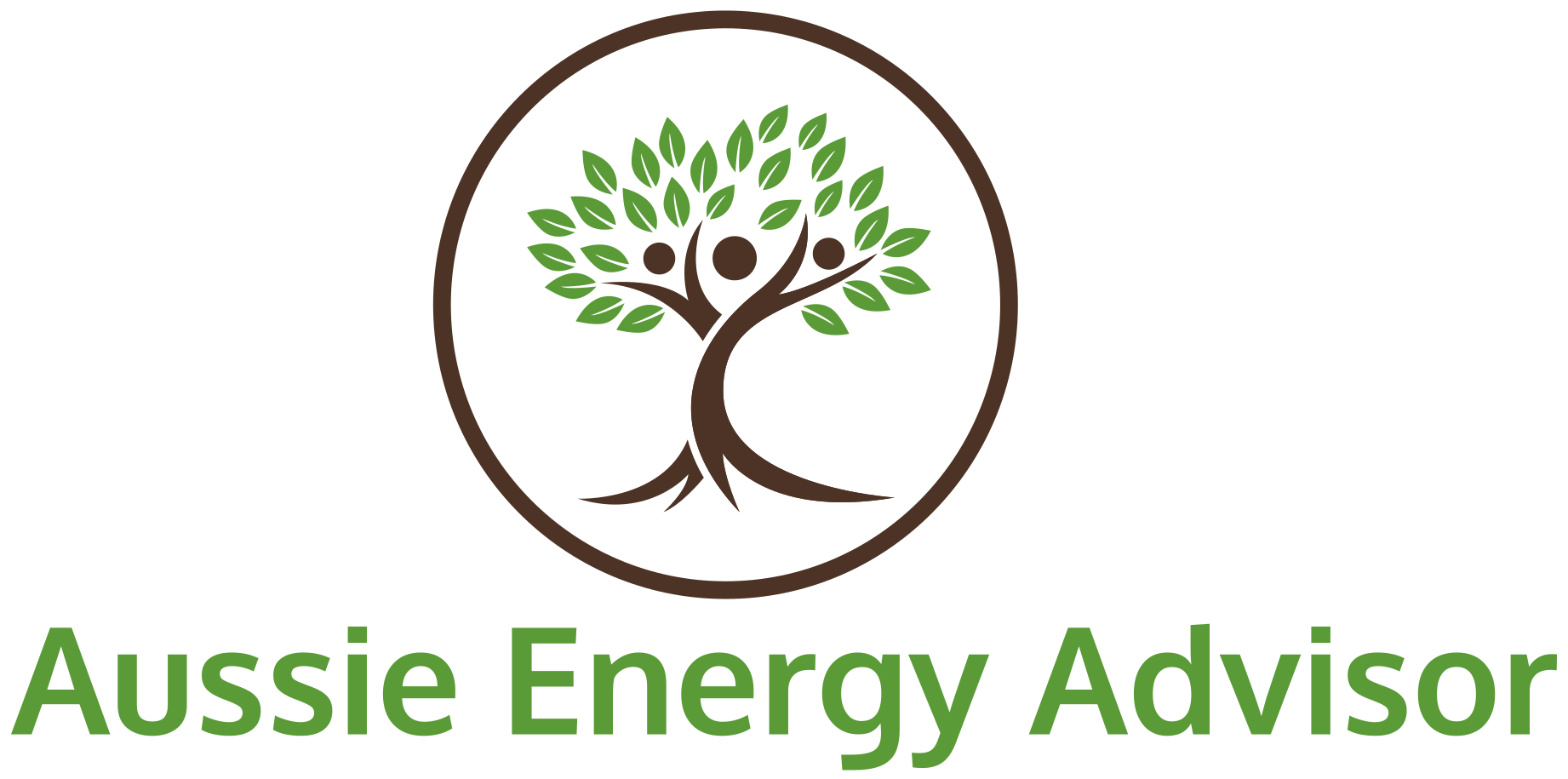Call us: 1300 661 388
FAQs
FAQS
- Reduce energy consumption
Use energy efficient appliances, turn off lights when not needed, seal doors, windows, and vents to keep your indoor environment warm in winter when it is cold outside and cooler in summer to maintain a comfortable environment without using excessive heating and cooling.
- Use sustainable transportation
Walk, bike, or use public transport, or consider an electric or fuel-efficient vehicle.
- Conserve water
Reduce water usage by fixing leaks, using low-flow fixtures, especially replacing shower heads and spray rinse, and generally being mindful of excessive water consumption.
- Reduce waste
Recycle, compost, and minimise single-use items.
- Buy thoughtfully
Purchase products with eco-friendly labels and support local sustainable businesses.
- Plant trees
Trees are known to absorb carbon dioxide from the air and planting them can offset greenhouse emissions.
- Educate others
Spread awareness about climate change and encourage others in your surroundings and family members to adopt sustainable culture and support government initiatives to combat global warming.
All these years, we’ve been taught that being eco-friendly means always trying to use less, reuse, and recycle. But, this doesn’t work best in every situation. When you switch to the newest eco-friendly solutions, you use less energy and spend less on maintenance, which is better for the environment.
The Victorian Energy Upgrades (VEU) program and NSW Energy Savings Scheme (ESS) were launched by their respective state governments with the intention of assisting households and businesses in better controlling their energy consumption and associated expenditures. They achieve this by offering financial incentives in form of rebates or discounts for installing or upgrading to energy-efficient and water-saving equipment.
State governments set annual retail targets for the reduction of greenhouse gas emissions. As a result, businesses provide various degrees of price cuts on products in an effort to entice customers to make the leap to newer models. Increase in efficiency upgrades means less pollution from greenhouse gases.
Of course. Our energy-efficient solutions can reduce your yearly electricity bills by up to 80%. Also, switching to water-saving products can help you save a lot on your quarterly water bills.
